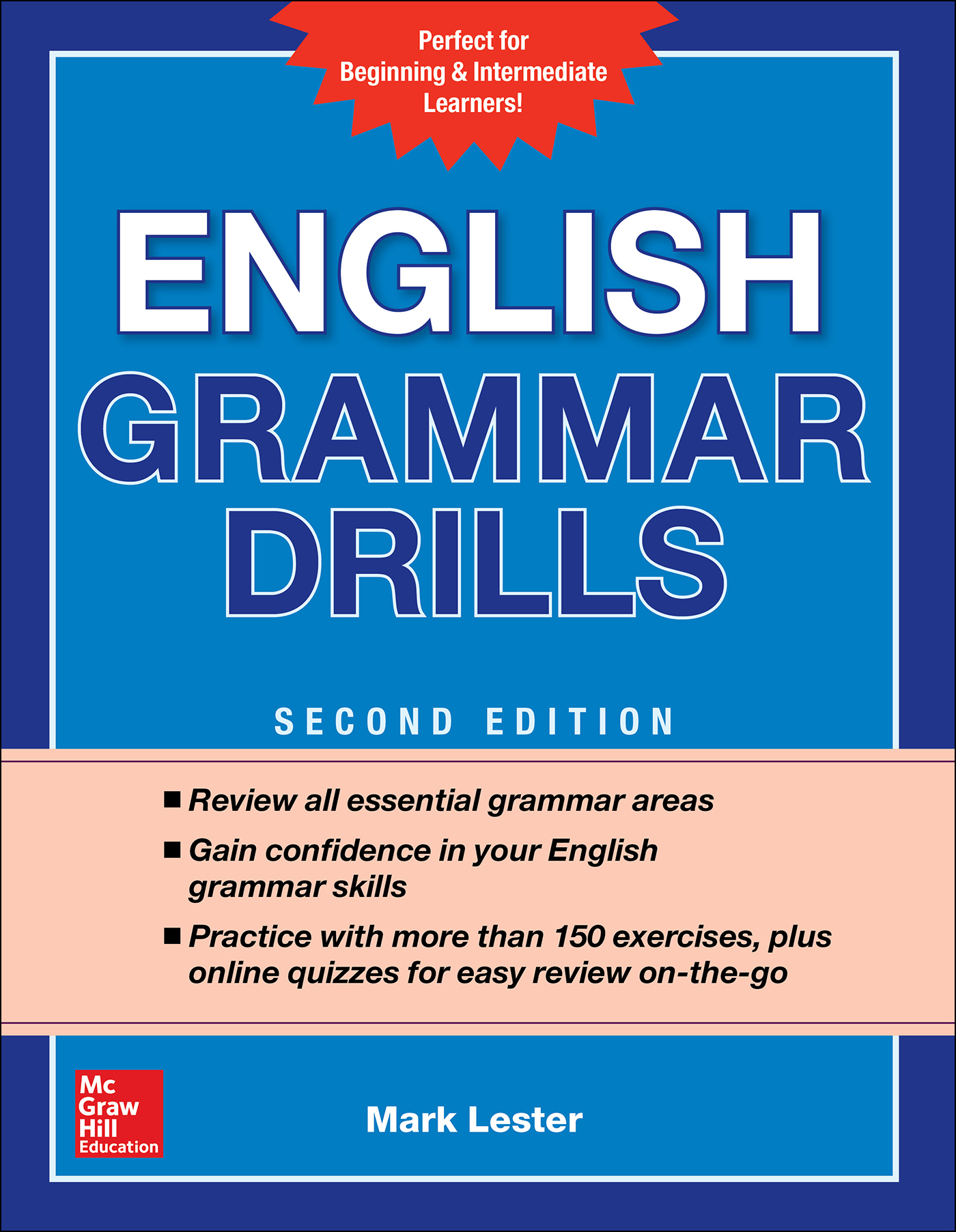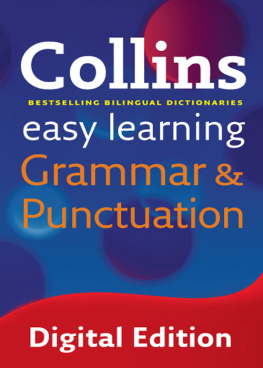Contents
Guide
Page List


Copyright 2018 by McGraw-Hill Education. All rights reserved. Except as permitted under the United States Copyright Act of 1976, no part of this publication may be reproduced or distributed in any form or by any means, or stored in a database or retrieval system, without the prior written permission of the publisher. ISBN: 978-1-26-011618-2
MHID: 1-26-011618-2 The material in this eBook also appears in the print version of this title: ISBN: 978-1-26-011617-5, MHID: 1-26-011617-4. eBook conversion by codeMantra
Version 1.0 All trademarks are trademarks of their respective owners. Rather than put a trademark symbol after every occurrence of a trademarked name, we use names in an editorial fashion only, and to the benefit of the trademark owner, with no intention of infringement of the trademark.
Where such designations appear in this book, they have been printed with initial caps. McGraw-Hill Education eBooks are available at special quantity discounts to use as premiums and sales promotions or for use in corporate training programs. To contact a representative, please visit the Contact Us page at www.mhprofessional.com. McGraw-Hill Language Lab App Interactive quizzes and flashcards are available to support your study of this book. Go to www.mhlanguagelab.com to access the online version of this application or to locate links to the mobile app for iOS and Android devices. Alternatively, search McGraw-Hill Education Language Lab in the iTunes app store or Google Play store.
TERMS OF USE This is a copyrighted work and McGraw-Hill Education and its licensors reserve all rights in and to the work. Use of this work is subject to these terms. Except as permitted under the Copyright Act of 1976 and the right to store and retrieve one copy of the work, you may not decompile, disassemble, reverse engineer, reproduce, modify, create derivative works based upon, transmit, distribute, disseminate, sell, publish or sublicense the work or any part of it without McGraw-Hill Educations prior consent. You may use the work for your own noncommercial and personal use; any other use of the work is strictly prohibited. Your right to use the work may be terminated if you fail to comply with these terms. THE WORK IS PROVIDED AS IS.
McGRAW-HILL EDUCATION AND ITS LICENSORS MAKE NO GUARANTEES OR WARRANTIES AS TO THE ACCURACY, ADEQUACY OR COMPLETENESS OF OR RESULTS TO BE OBTAINED FROM USING THE WORK, INCLUDING ANY INFORMATION THAT CAN BE ACCESSED THROUGH THE WORK VIA HYPERLINK OR OTHERWISE, AND EXPRESSLY DISCLAIM ANY WARRANTY, EXPRESS OR IMPLIED, INCLUDING BUT NOT LIMITED TO IMPLIED WARRANTIES OF MERCHANTABILITY OR FITNESS FOR A PARTICULAR PURPOSE. McGraw-Hill Education and its licensors do not warrant or guarantee that the functions contained in the work will meet your requirements or that its operation will be uninterrupted or error free. Neither McGraw-Hill Education nor its licensors shall be liable to you or anyone else for any inaccuracy, error or omission, regardless of cause, in the work or for any damages resulting therefrom. McGraw-Hill Education has no responsibility for the content of any information accessed through the work. Under no circumstances shall McGraw-Hill Education and/or its licensors be liable for any indirect, incidental, special, punitive, consequential or similar damages that result from the use of or inability to use the work, even if any of them has been advised of the possibility of such damages.
Contents
Preface
This book focuses on the grammatical problems that prevent speakers at your level from achieving a native-like command of English grammar.
Contents
Preface
This book focuses on the grammatical problems that prevent speakers at your level from achieving a native-like command of English grammar.
While the book covers most areas of English grammar, it has a heavy concentration on those aspects of grammar that have proven to be the greatest obstacles for intermediate and advanced nonnative speakers. The book has an unusual format. Most topics are broken into small mini-units, most of them no more than a page or two. Each of these mini-units is supported by an exercise covering just the material in that mini-unit. The explanations help you understand the material, but it is the exercises that enable you to gain active control over it. All of the exercises have complete answers in the back of the book.
It is very important for you to work through these exercises. There is a world of difference between the passive knowledge gained by reading the explanations and the active command gained by writing out the exercises. English Grammar Drills is organized into three parts: covers noun phrases, the first of the two fundamental building blocks of English grammar. Noun phrases function as the subjects of sentences, the objects or complements of verbs, and the objects of prepositions. explores verb phrases, the second of the two fundamental building blocks of English grammar. examines sentences. examines sentences.
The main topics are how to form and use active and passive sentences, how to form questions and negatives, and how to change direct quotations to indirect quotations. Each chapter is self-contained. Unlike a conventional textbook, you do not need to start on . You may begin with whatever topic you would like to gain more active control over. The book concludes with a Final Review chapter, containing exercises that test your comprehension of all lessons in the book.
Part 1
Noun Phrases
Nouns
Proper and common nouns
There are two basic types of nouns in English:
proper nouns and
common nouns.
Part 1
Noun Phrases
Nouns
Proper and common nouns
There are two basic types of nouns in English:
proper nouns and
common nouns.
Proper nouns are the names of specific individuals, places, and things; common nouns are the names of classes of persons, places, and things. For example, Ruth Ginsburg, Texas, and Microsoft Corporation are proper nouns. Woman, state, and company are common nouns. The most obvious distinction between proper nouns and common nouns is that proper nouns are capitalized. Compare the proper nouns and corresponding common nouns in the following list: 
Exercise 1.1
The following pairs of nouns contain one uncapitalized proper noun and a related common noun.

From this point on, we will focus only on common nouns.
Count and noncount nouns
Common nouns are divided into two groups: count and noncount.
Count means that we can make the noun plural and use number words with the noun.
Count means that we can make the noun plural and use number words with the noun.
Using the noun dog, for example, we can make the noun plural: The






 Copyright 2018 by McGraw-Hill Education. All rights reserved. Except as permitted under the United States Copyright Act of 1976, no part of this publication may be reproduced or distributed in any form or by any means, or stored in a database or retrieval system, without the prior written permission of the publisher. ISBN: 978-1-26-011618-2
Copyright 2018 by McGraw-Hill Education. All rights reserved. Except as permitted under the United States Copyright Act of 1976, no part of this publication may be reproduced or distributed in any form or by any means, or stored in a database or retrieval system, without the prior written permission of the publisher. ISBN: 978-1-26-011618-2
 From this point on, we will focus only on common nouns.
From this point on, we will focus only on common nouns.